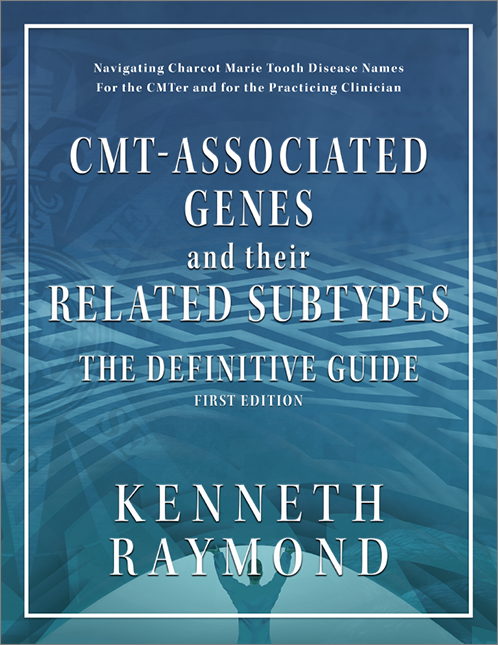Advances in Charcot Marie Tooth disease (CMT) genetics and associated gene discovery are moving at breakneck speed. Scientists discovered the first CMT-associated gene in 1992. New discoveries have occurred every year since. The number of CMT-associated genes discovered in the last 10 years eclipses the number of genes discovered in the first 20 years. A CMT genetic test result that fails to identify a known CMT cause is far more common than a genetic test that does identify a cause. As new associated genes are discovered, the potential to close the gap increases for CMTers who are unable to obtain a genetic confirmation of their CMT.
With each new discovery representing a new and unique subtype designation, and the overall rate at which new discoveries are occurring, the ability for any one organization or entity to keep up with these changes is severely impaired. This unfortunately leaves everyday CMTers in a vast sea of uncertainty and desperate for answers. At the same time, there is an inherent confusion borne of the everchanging and evolving manner in which new CMT subtype discoveries are named.
A review of all publicly available sources of CMT literature reveals that there isn’t a readily available single source that CMTers and clinicians alike can go to for a comprehensive, complete, and up-to-date list of all known CMT subtypes and their respective established associated genes. Information is aggregated across many resources and outlets, and there isn’t a great deal of consensus regarding what constitutes a complete and comprehensive list of known CMT subtypes and/or CMT-associated genes. This expansive void of this most basic of CMT information has left everyday CMTers feeling excluded and dejected. The absence of this publicly available information is a byproduct of the speed at which everything moves within CMT genetics and associated gene discoveries.
The purpose of this guide is to provide a complete up-to-date accounting of CMT subtypes and identified CMT-associated genes, current as of this writing, for everyday CMTers and practicing clinicians to reference. The scope of this guide does not discuss symptom and phenotype descriptions for the many individual CMT subtypes. Rather, this guide represents a comprehensive accounting of the identified subtypes and a comprehensive inclusive listing of all discovered CMT-associated genes, current to this writing. This guide discusses the many non-CMT acronym types and subtypes to clarify for everyday CMTers and for practicing clinicians how each are CMT, as determined by the CMT experts. This guide also discusses the limitations of CMT genetic testing as those limitations relate to everyday CMTers who are yet to obtain a genetic confirmation of their CMT.






